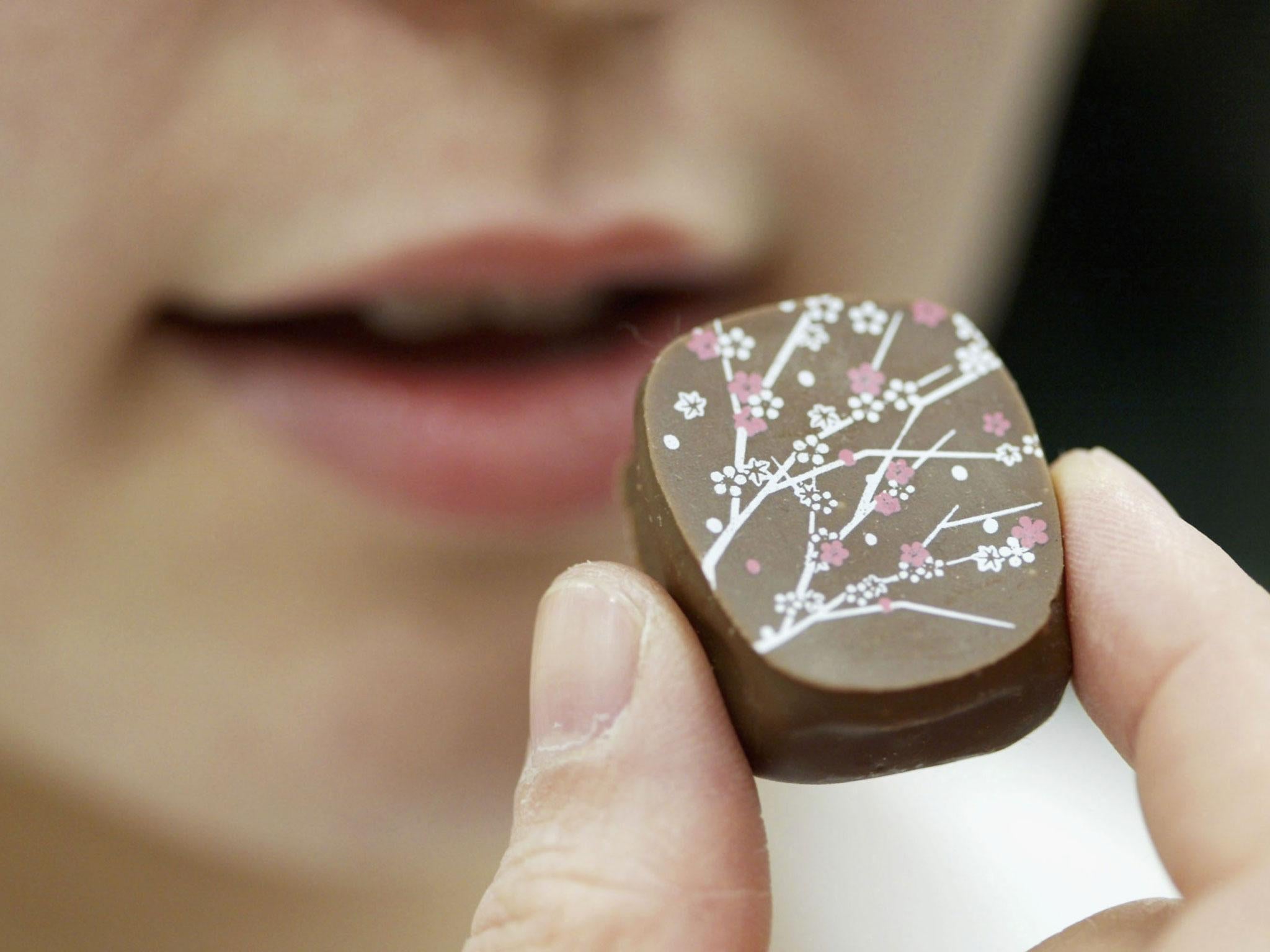Chocolate: How is it made and can it be good for you?
The darker the chocolate the better it is for you

Your support helps us to tell the story
From reproductive rights to climate change to Big Tech, The Independent is on the ground when the story is developing. Whether it's investigating the financials of Elon Musk's pro-Trump PAC or producing our latest documentary, 'The A Word', which shines a light on the American women fighting for reproductive rights, we know how important it is to parse out the facts from the messaging.
At such a critical moment in US history, we need reporters on the ground. Your donation allows us to keep sending journalists to speak to both sides of the story.
The Independent is trusted by Americans across the entire political spectrum. And unlike many other quality news outlets, we choose not to lock Americans out of our reporting and analysis with paywalls. We believe quality journalism should be available to everyone, paid for by those who can afford it.
Your support makes all the difference.There’s no doubt that chocolate is one of our favourite indulgences, with over 7.2 million tons of it consumed worldwide each year.
What you may not realise is that it’s the hundreds of complex chemicals found in chocolate that keep us coming back for more.
Not only do they give chocolate its delicious taste and smooth texture, but they also have powerful effects on the human brain to make us feel happy and alert. It’s no wonder that the plant genus from which this tasty substance comes from is called theobroma, derived from the Greek for ‘food of the gods’.
Is chocolate good for you?
Although it is typically considered an unhealthy treat, some chocolate does actually have some health benefits. Cocoa beans are rich in natural antioxidants called flavonols.
One such flavonol, called epicatechin, can increase the levels of nitric oxide in your blood to relax your blood vessels.
This helps to improve blood flow, lower your blood pressure, and can also prevent atherosclerosis, a condition where the arteries harden after becoming clogged with plaque.
Epicatechin can also improve your body’s insulin sensitivity, helping to keep your blood sugar levels under control and reduce the risk of diabetes.
However, not all chocolate is rich in flavonols. White chocolate is not a good source of these antioxidants as it does not contain cocoa solids, and milk chocolate has a higher proportion of milk and sugar rather than beneficial cocoa. Therefore, dark chocolate is the best option, and the higher the percentage of cocoa solids the better.
Why is chocolate so tasty?
The glossy shine, satisfying snap and smooth texture of chocolate are the main characteristics that make it so appealing, and they are all achieved through clever chemistry.
To form solid chocolate, a liquid cocoa butter mix is cooled so that its fat molecules join together in crystal structures called polymorphs. If the cocoa butter cools and hardens too quickly, the fat molecules form a loose and disordered polymorph that makes the chocolate soft and dull-looking with an unappealing white coating called a fat bloom.
To avoid this manufacturers use a technique called tempering, controlling the temperature and rate at which the chocolate cools, to create a tight crystal structure. This particular polymorph is called Form V and gives the chocolate a melting point of around 33.8 degrees Celsius (92.8 degrees Fahrenheit), just slightly cooler than our body temperature (37 degrees Celsius/98.6 degrees Fahrenheit). This means that when you put chocolate into your mouth, it slowly melts over your tongue, creating yet another appealing characteristic.
The smooth texture of the melted cocoa butter creates a pleasant ‘mouthfeel’, a word used by the food industry to describe the way a substance feels in the mouth, and a main contributor to its overall enjoyment.
Jodie Tyley is editor of How It Works Magazine. The latest issue is out now.
Join our commenting forum
Join thought-provoking conversations, follow other Independent readers and see their replies
Comments